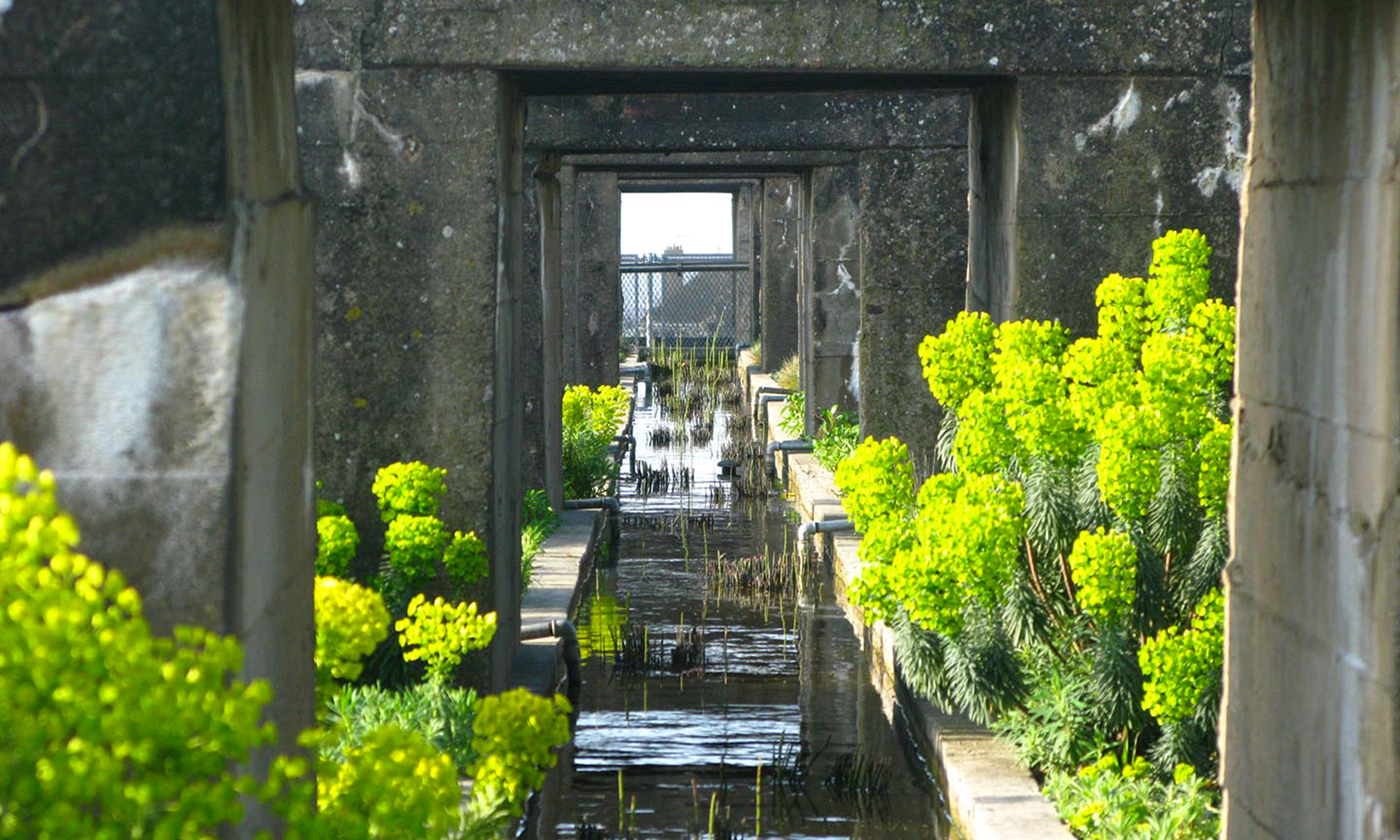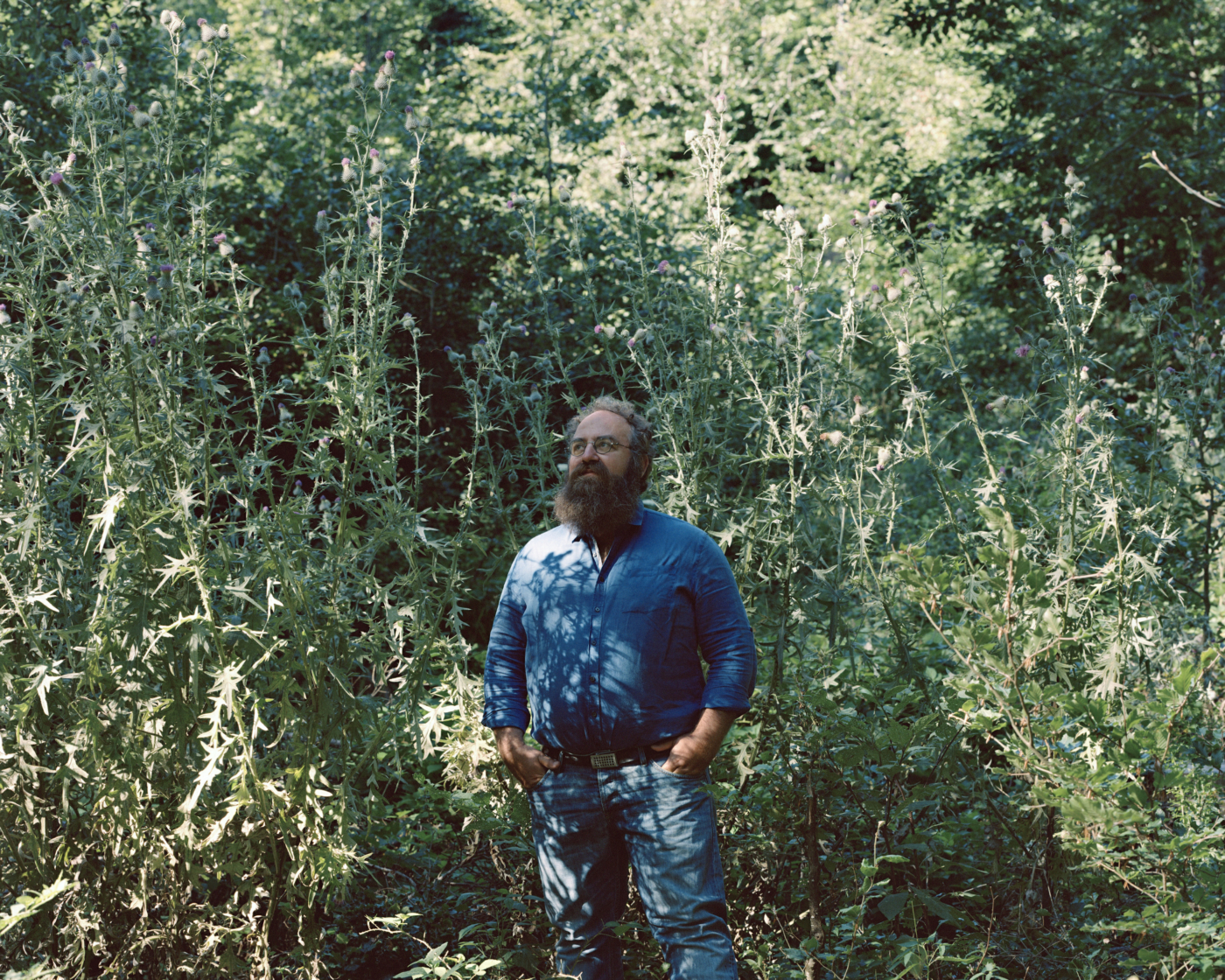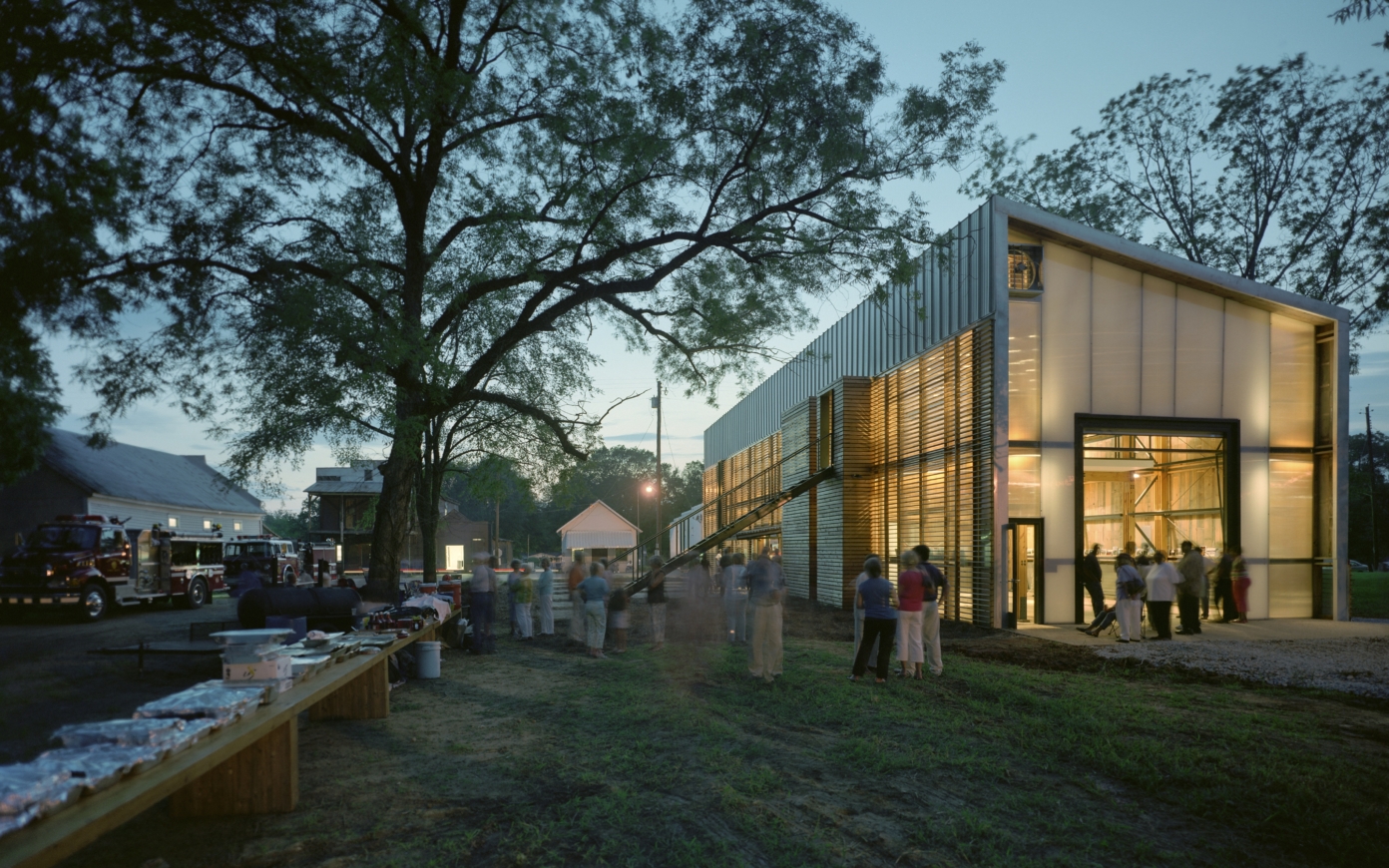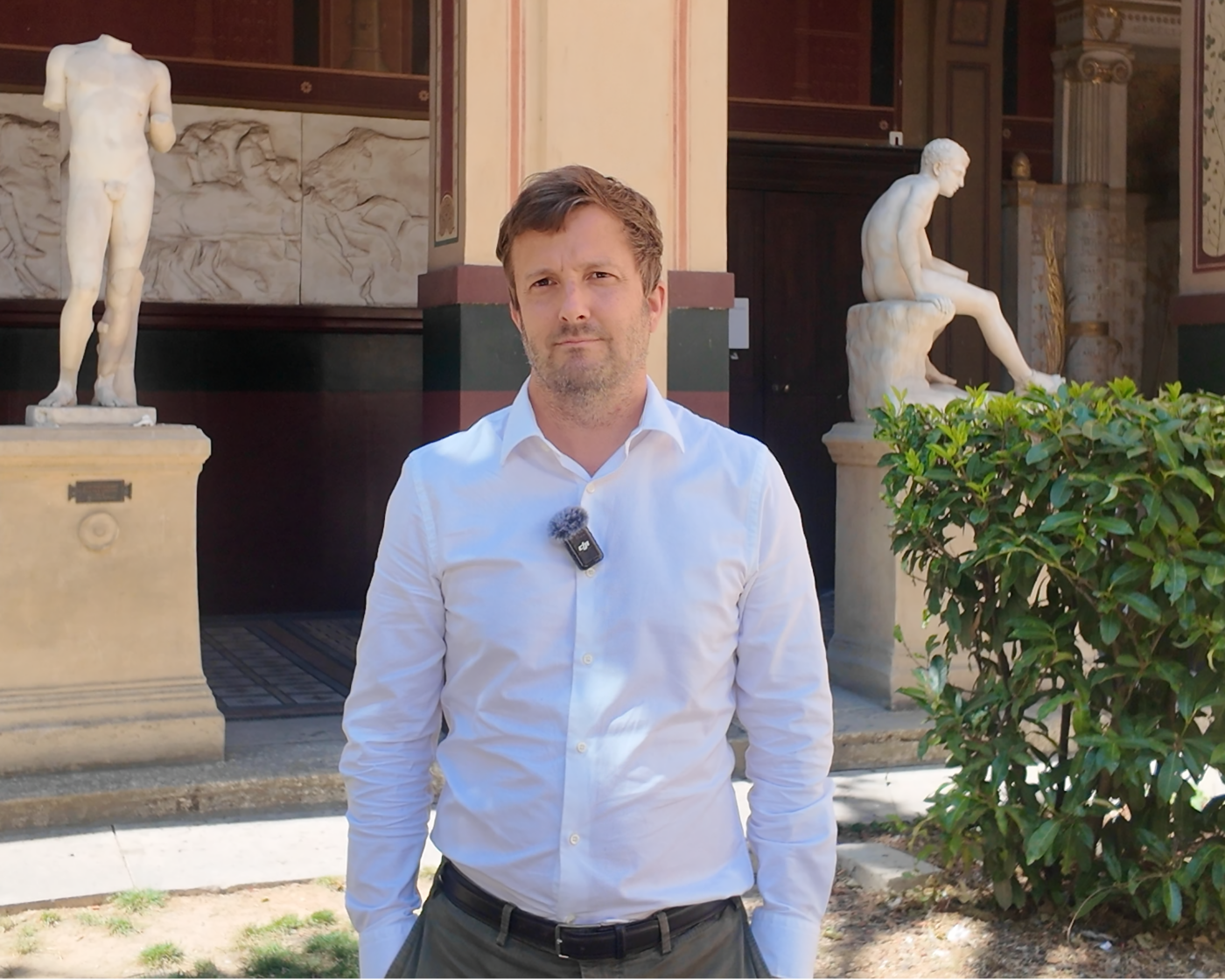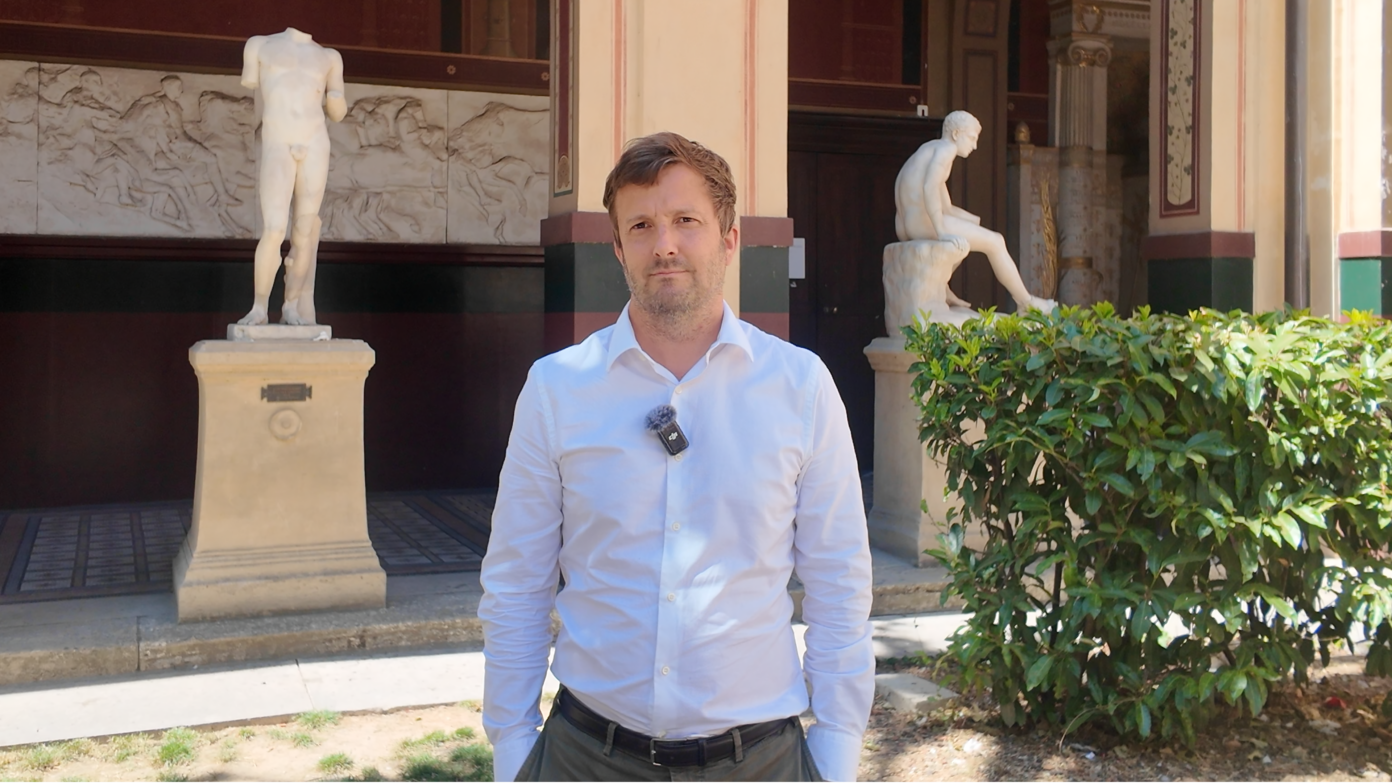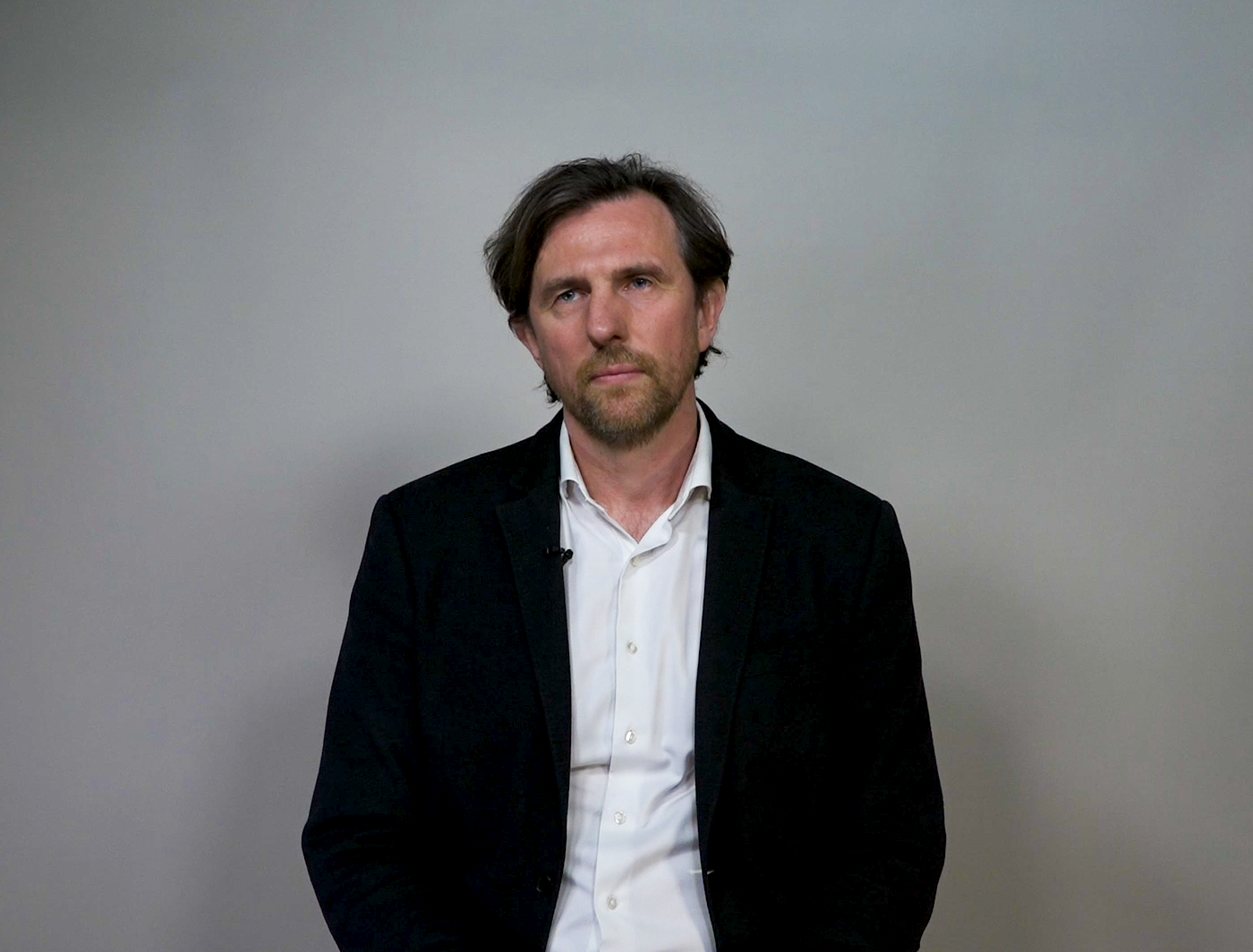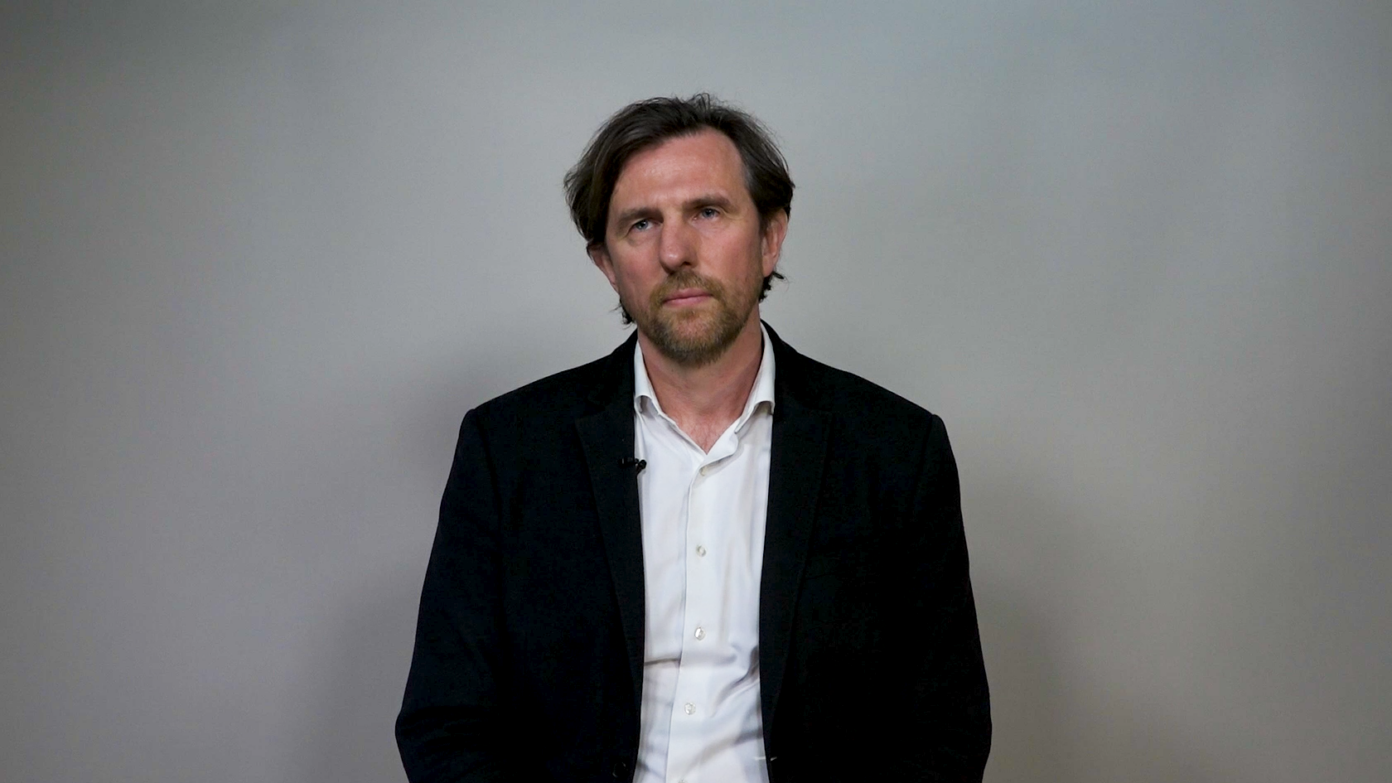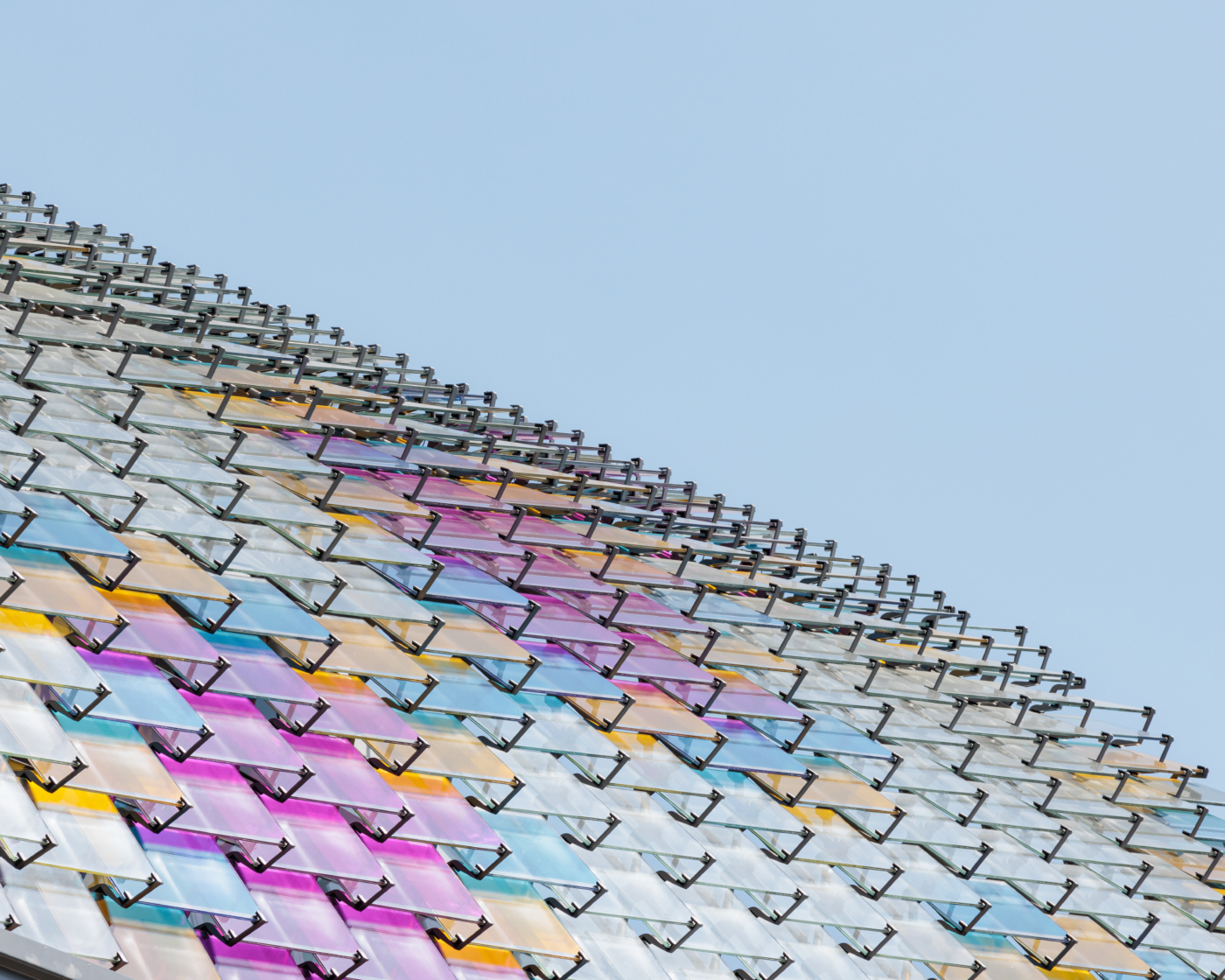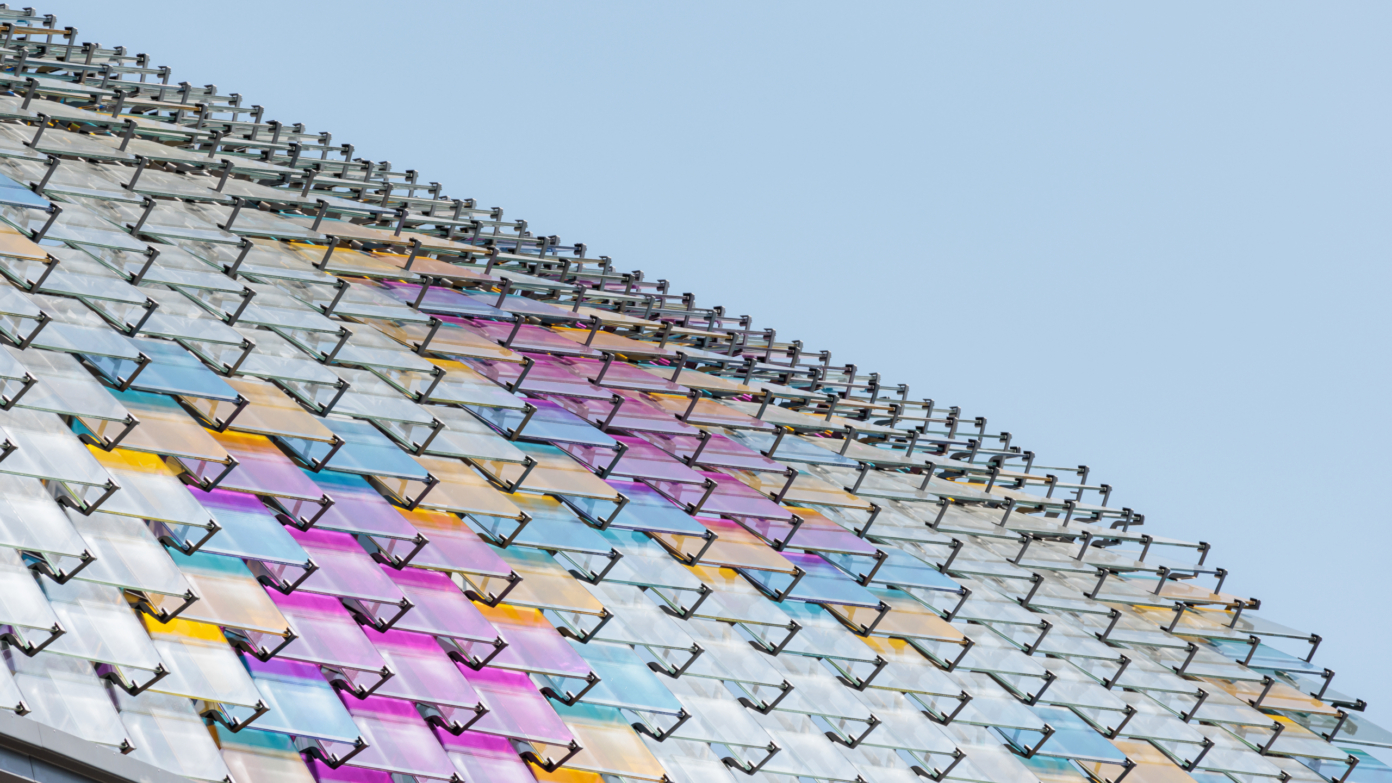The Garden in Movement
The Garden in Movement is a gardening method that favors the living over form. This does not mean that there is an absence of form, but rather that it emerges through gardening, over time, and it changes depending on what the gardener deems important to conserve or to remove. It is not completely laisser-faire but rather a series of minor interventions, in such a way as to work as much as possible with—and as little as possible against—nature. The gardener works on this in an opposing economy of energy, avoiding destruction under the pretext of “cleaning up”! When a plant begins to grow in the middle of a path, it is legitimate to ask the question of whether to modify its route rather than just removing it. All of the plants that settle spontaneously in a garden are worthy of consideration; there are no “weeds.” Formal work comes second then in my approach to space. Most plants choose their own place, they are travelers and wanderers—on the scale of the garden as on the scale of the planet—carried by winds, currents, the pelts of animals, birds, and the soles of feet.
The plants that we are most familiar with, which seem to have always been at our sides, were only introduced very recently. The oaks from druid culture have not been here for eternity for example; they came up from the Iberian peninsula via stolen acorns that were discarded here and there by jays. The coconut, the largest seed in the world, floats. It has expanded its territory, carried along by various currents, but we don’t know exactly where it first appeared. Planetary cross-fertilization is one of evolution’s mechanisms. “Indigenous” and “invasive,” are terms that have no meaning. These cultural considerations don’t take into account the ecosystem as it has functioned since the appearance of life on Earth, regulated by movements and migrations.
Once we take a step back in time and space, we understand that the term “invasive species” is overused. These rapidly developing beings settle as pioneers and their spectacular growth gives the impression that they are colonizing space, but the “environmental response” always finishes by reestablishing balance when it comes to the presence of different species. It is what we call an emerging ecosystem. When the climate changes, as is currently the case for various reasons, it is normal that the geographical distribution of species also changes. Plants that in the past couldn’t develop in certain geographical zones now can, and vice versa. Migrations, essential to survival, are part of the mechanism of evolution.
From its origins, the garden has been a closed space where man cultivates that which he has brought back from elsewhere, that which he has sought out further and further afield accompanied by the progress of technology. The potato, the tomato, the zucchini, or the eggplant—that make up our daily diet—are exotic species. The planet also hosts a self-contained biodiversity that represents our condition of sharing. It behaves like a giant washing machine that recycles all of the elements, in such a way that the water that I am drinking has already been drunk by a number of other beings before it reaches me. This is why it is fundamental to ask oneself how to put the energy that has been taken out of the environment back into it, or how not to pollute the water irreversibly. It is an enormous management project and a political program in itself!
By taking the measure of spatial finitude, planetary cross-fertilization, and the omnipresence of man—who has an impact even where he is not to be found—I have come to the idea of the Planetary Garden. It supposes that each citizen of the planet is a gardener, including mankind in the system of Gaia, something that Lovelock did not necessarily have in mind.



